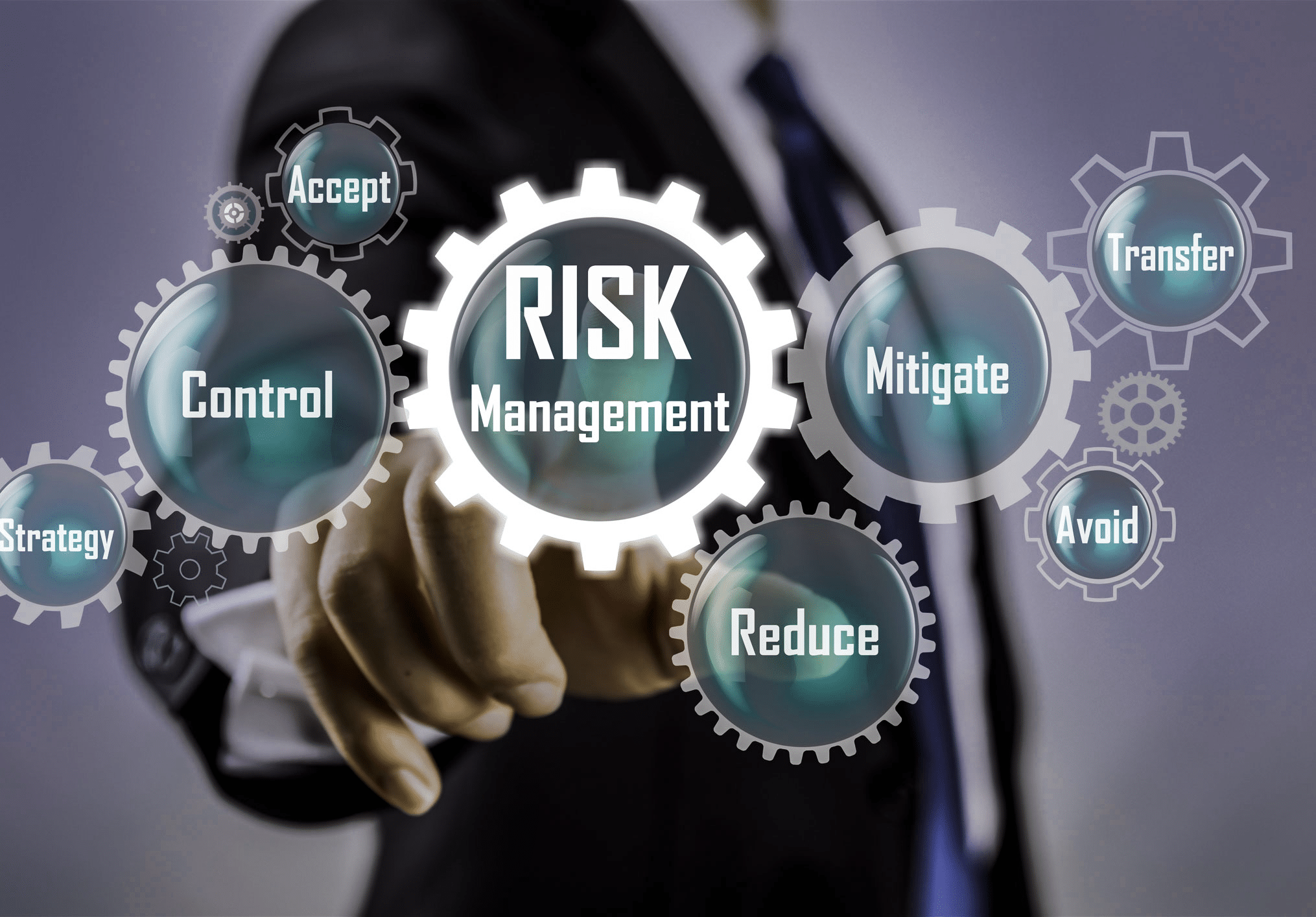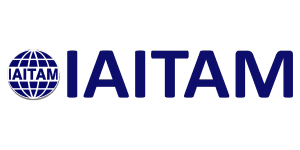Navigating Risk Management in IT Asset Disposition (ITAD)
The complexity of IT Asset Disposition (ITAD) extends beyond merely disposing of outdated or unused IT equipment.

The complexity of IT Asset Disposition (ITAD) extends beyond merely disposing of outdated or unused IT equipment. In today’s highly digital and regulated environment, ITAD carries inherent risks that organizations must meticulously manage. This article explores the diverse risk landscape in ITAD and offers strategies for effectively mitigating these risks.
Understanding the ITAD Risk Spectrum
The risk spectrum in ITAD encompasses various dimensions, from data security and privacy breaches to environmental hazards and non-compliance with regulatory mandates. The stakes are high: a misstep in ITAD can lead to significant legal, financial, and reputational damage.
Data Security: The Foremost Concern
The most critical risk in ITAD is the potential for data breaches. With organizations storing sensitive information across a myriad of devices, ensuring complete data erasure from retired assets is paramount. The failure to do so can lead to data breaches, with severe consequences under laws like the GDPR and HIPAA.
Environmental Compliance: A Legal and Ethical Obligation
Environmental risks in ITAD are twofold. First, improper disposal of IT assets can lead to environmental damage, contravening regulations such as the WEEE Directive. Secondly, organizations face reputational risks if they are perceived as environmentally irresponsible. Hence, eco-friendly disposal practices are not just legal obligations but also crucial for maintaining public trust.
Regulatory Adherence: Staying on the Right Side of the Law
Navigating the labyrinth of global ITAD regulations is another significant risk. With laws varying across jurisdictions, multinational organizations must be vigilant in adhering to local regulations to avoid penalties and legal complications.
Vendor Management: A Critical Element
The selection and management of ITAD vendors is a pivotal aspect of risk management. Entrusting ITAD processes to external vendors does not absolve organizations from responsibility. Hence, it’s crucial to engage vendors with robust compliance records and certifications, ensuring they adhere to the highest standards of data security and environmental responsibility.
Risk Mitigation Strategies in ITAD
1. Comprehensive Data Destruction Policies: Implementing and enforcing stringent data destruction policies is fundamental. This includes choosing appropriate data destruction methods (physical destruction, degaussing, software wiping) and maintaining a chain of custody records.
2. Environmental Stewardship: Adopting environmentally responsible ITAD practices, such as recycling and refurbishing IT assets, can mitigate environmental risks. Partnering with e-Stewards or R2V3 certified recyclers ensures adherence to the highest environmental standards.
3. Regular Compliance Audits: Conducting regular audits of ITAD processes helps in identifying and rectifying compliance gaps. This proactive approach is crucial in adapting to evolving regulations.
4. Educating and Training Staff: Employee awareness and training are critical in managing ITAD risks. Ensuring that all staff understand the importance of compliance and secure ITAD practices minimizes the risk of accidental breaches.
5. High Reliability Practices: Consider implementation of high reliability practices in your organization. Long used by the Nuclear, Aviation, and Healthcare industries, they address a way to prevent catastrophic failures.
6. Vendor Due Diligence: Rigorous vetting and ongoing monitoring of ITAD vendors are essential. Establishing clear contracts outlining vendor responsibilities and conducting regular performance evaluations can significantly reduce risks.
7. Insurance Coverage: Securing appropriate insurance coverage for ITAD processes can provide an additional layer of risk mitigation, offering financial protection against potential liabilities.
Conclusion
Effective risk management in ITAD is not an option but a necessity. By acknowledging the inherent risks and implementing strategic measures to mitigate them, organizations can navigate the ITAD process safely and responsibly. This approach not only safeguards against potential breaches and legal repercussions but also reinforces an organization’s commitment to data privacy, environmental stewardship, and ethical business practices.
